Why do the leaves of spathiphyllum turn yellow and what to do about it?
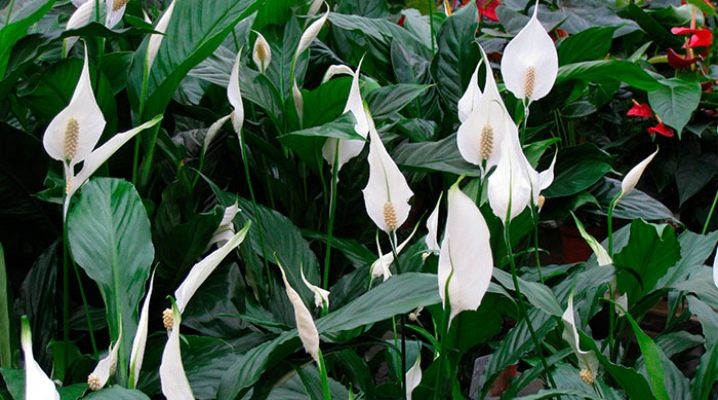
Spathiphyllum is popularly known as "female happiness". It is a beautiful decorative flower that adorns homes, apartments, as well as offices and public institutions. Spathiphyllum is simple and unpretentious to care for, but sometimes flower growers are faced with such an unpleasant phenomenon as yellowing and falling leaves. Let's figure out why this is happening and how to save your "green pet".
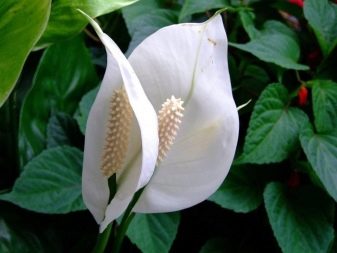

External signs
Leaf wishing is a process in which a leaf blade completely or partially changes its color, turns yellow and loses its turgor.
If old leaves turn yellow and fall off, then this process is due to the natural rejuvenation of the plant - there is no reason for panic in this case.
But if the change in pigmentation takes on a massive character, then it is worth taking a closer look at the bush, identifying the cause of the ailment and taking measures to resuscitate the spathiphyllum.
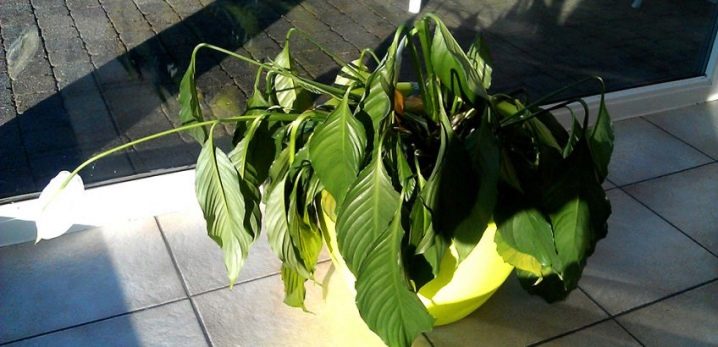
Most often, yellowing manifests itself in the following forms:
- peduncles and leaves turn yellow and wither - this usually indicates mistakes in flower care;
- yellowing of the leaves is accompanied by damage to their integrity - take a closer look at the back of the leaf, most likely you will replace insects;
- the leaves have changed color and wilted - this usually happens with excessive watering;
- a whitish cobweb is visible on the leaf plates - this means that the flower collided with a spider mite;
- leaves become flabby and lethargic - most likely, the plant is cold in the room in which it is located.
Other signs of the disease accompanying yellowing are noted: the appearance of brown spots, decay of the stems, as well as the presence of mold on the ground.

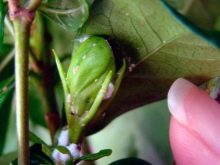

Causes
Depletion
Spathiphyllum blooms quite often, and this process continues for a long time. As a result, the plant directs all its strength to the formation of the peduncle, which leads to its depletion, especially in cases where the owners do not change the care of the flower at the time of budding and flowering.
The yellowing of the leaves in this situation starts from the lower tier, but spreads upward rather quickly. If you do not take timely measures, the flower will die as soon as possible.
To avoid such an unpleasant situation, it is necessary to observe preventive measures, namely, from the beginning of flowering, it is necessary to increase the amount of dressings.
For the full development of a flower, it is better to use ready-made complex preparations with a minimum nitrogen content: this element is far from always beneficial to indoor plants, since it leads to active growth of green mass to the detriment of flowering, moreover, an excess of nitrogen makes the leaf plates loose and slightly watery. It is optimal that the top dressing includes phosphorus, potassium, and boron.


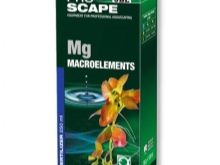
Diseases and pests
Spathiphyllum belongs to resistant crops that rarely encounter diseases and pests. Nevertheless, sometimes, even when creating optimal conditions for the development of a flower, troubles happen, in most cases they are fungal in nature: pathogenic spores enter the flower from neighboring plants or through a new substrate. The same is true for parasites.
The yellowing of the leaves when the flower is infected is accompanied by the appearance of brown-brown spots, which grow rather quickly and gradually master the entire leaf blade.In addition, plaques, whitish lumps, thin cobwebs, or insects themselves can be found on the back.

In order to protect your "green pet" from illness, first of all you need to adhere to agricultural techniques for caring for spathiphyllum - it's no secret that excess moisture or too cool air become ideal conditions for the development of fungal and viral infections.
To avoid contamination of one plant from another, each newly acquired flower must be kept “in quarantine” for some time - away from the rest of the home bushes.
It usually takes a month to assess the general condition of the "beginner" and exclude the presence of diseases, fungal spores and larvae of divorced insects.
When transplanting a plant, it is best to use ready-made soil stores: they are subjected to preliminary disinfection. If you compose the soil mixture yourself, be sure to ignite it in a pan or hold it for several days in the freezer or outside (if work is carried out in winter).
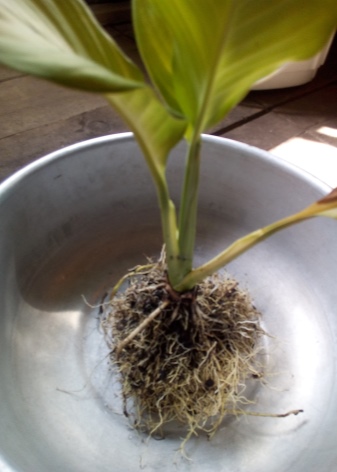
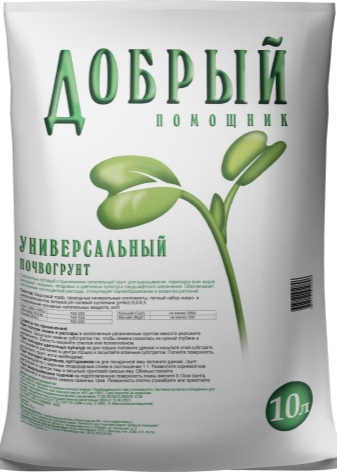
Lighting and temperature
The reason for the yellowing of the leaves is often associated with insufficient illumination of the flower. Spathiphyllum is a light-loving plant, with insufficient daylight hours, its leaves begin to turn yellow and fall off. However, exposure to direct ultraviolet rays is no less dangerous: it burns the leaf plate and can cause significant damage to the flower.
To eliminate the risks of wilting spathiphyllum, it is best to place it on the east or west side.
With the south-facing windows, a slight shading will be needed to create diffused light. And if all the windows in your house face north, then additional illumination with phytolamps may be required.
There is another situation - the sun does not burn, and the plant on the window still dries and turns yellow. Especially often flower growers encounter such a phenomenon in winter. It's simple - it's about heating, which in the cold season dries the air and makes it uncomfortable for the plant. Dry air leads to yellowing of the tips of the leaf plates, it quickly spreads throughout the spathiphyllum, the leaves die off, the plant begins to fade.
It is worth taking care of comfortable conditions of detention in advance. It will not be superfluous to place a container with water next to the flower, line the flower tray with sphagnum moss, from time to time spray the flower from a spray bottle, and cover the radiators with a damp towel.
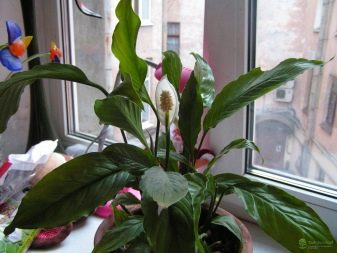
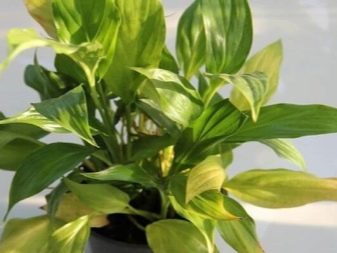
Improper watering
Spathiphyllum prefers moist soils, so watering should be regular, but moderate. Many growers literally flood their flower. If the soil is light and waterproof, and there is effective drainage in the pot, all excess moisture will be removed.
With a heavy substrate or too small holes at the bottom, the roots literally float in the water, begin to rot, its aerial parts do not receive the necessary moisture - the plant immediately reacts to this with the appearance of a yellow edging on the leaves, it very quickly begins to turn black and grows in size, the plant itself when this becomes lethargic and lifeless.
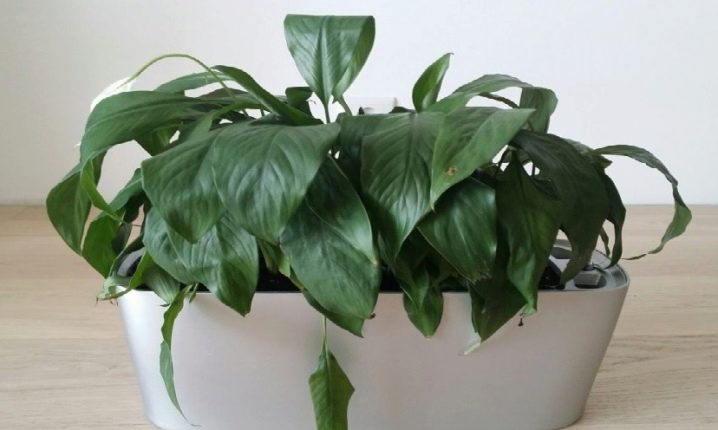
In order to prevent overflow of the flower, a favorable irrigation regime should be created. There are several ways to know when to pick up the watering can:
- transplant spathiphyllum into a transparent pot - in this case, condensation is clearly visible, the absence of which becomes a signal for a strait;
- slightly excavate the top layer of the earth and see what the condition of the soil is in depth;
- stick the stick into the substrate until the very drainage and remove it after a quarter of an hour - it will clearly show the level of moisture inside the container.
Swamping of the soil is largely facilitated by hypothermia of the root system. Fighting it is not worth it - it needs to be prevented.

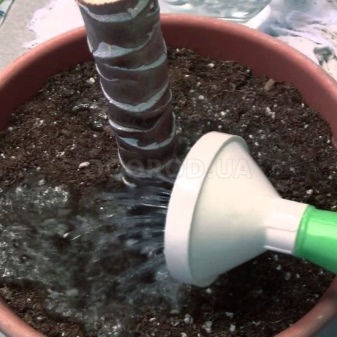
To do this, in winter, a thin foam plate, a foam backing or a piece of woolen cloth is placed on the windowsill under the pot.And of course, it is imperative to make sure that the windows do not shine through in the cold season.
After transplant
Sometimes a florist is faced with an incomprehensible yellowing of the leaves of a newly purchased plant, this is due to the peculiarities of the adaptation of the "green pet" to new living conditions: lighting, temperature conditions, humidity parameters.
That is why, after purchasing, it is advisable to transplant the flower into a new nutrient mixture, and also, if necessary, change the pot so that its size matches the size of the root system.
After that, the spathiphyllum is placed in a warm, lighted place, watered if necessary and wait for it to get used to the changed environment. Top dressing is applied no earlier than a month after transplanting.
As a rule, after 3-4 weeks, yellowing stops, the leaf plates rise up, the leaves become elastic and bright.
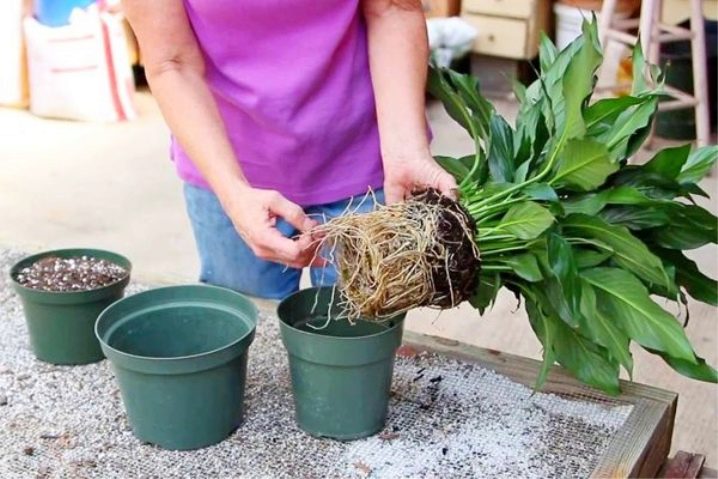
How to treat a flower?
If your flower is already sick, keep in mind that resuscitation measures must be carried out as early as possible, otherwise you may not be able to save the flower in time.
The procedure for yellowing foliage largely depends on the cause that led to this dangerous phenomenon.
When the flower is depleted, many owners begin to literally sprinkle it with handfuls with all kinds of dressings. This is completely in vain: the yellow leaves will not turn green back. In this case, it is best to transplant the spathiphyllum into a new substrate with a complete replacement of the earth.
When replanting, it is important to sprinkle the roots with nutritious soil exactly to the level where the ground was before. It is impossible to deepen the growth point: if you fill up your already depleted flower, then this can simply completely "finish off" it.
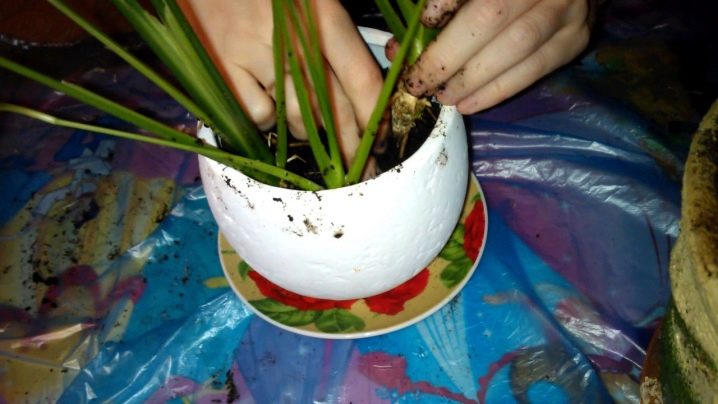
Immediately after transplanting, the lower leaves may turn pale - this is a natural process, they do not need to be plucked from the plant. As soon as they fall off themselves, you can start feeding, however, the fertilizer dosage after transplanting should be halved, gradually bringing it to the standard value.
If the plant has grown too much, as a result of which it is not possible to transplant it, then you need to remove the top soil layer as carefully as possible (about 5–7 cm), and fill in new fertilized soil in its place. In this case, the feeding regime is not changed.
When a plant is damaged by insect pests, first of all, it is necessary to get rid of them physically. To do this, all the leaves and stems are washed with a concentrated solution of laundry soap or a decoction of tobacco. However, keep in mind that these measures only work if there are few parasites, in addition, on some, for example, on whiteflies, traditional methods do not work at all.
If there are a lot of insects, there is no need to suffer - immediately go to the store to buy any systemic insecticide. In the absence of a noticeable result, the treatment is repeated 2-3 times with an interval of 7-10 days.
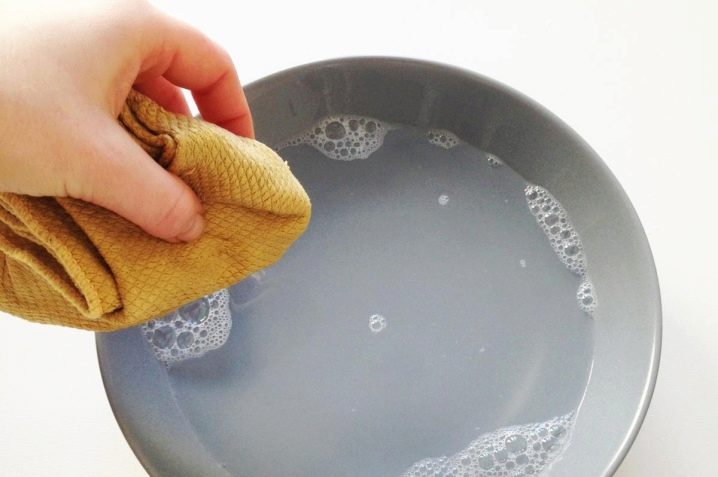
Important: it is necessary to process not only the green parts of the flower themselves, but also the soil, since some pests live in the upper layers of the soil, as a result of which it is difficult to detect them with the naked eye. Therefore, do not risk it - water the substrate abundantly and efficiently.
Unfortunately, the situation with the treatment of diseases is more complicated. In the event that pathogenic microorganisms get to the point of growth, it will no longer be possible to help the plant, so its treatment should be started as soon as possible.
To begin with, all the affected areas need to be cut off, and the places of the cuts should be treated with a solution of methylene blue and sprinkled with ground coal.
However, these measures are not enough, since in most cases the damage occurs at the cellular level - with a high degree of probability, the microbes remained in the apparently healthy parts of the flower. That is why you cannot do without chemicals here.
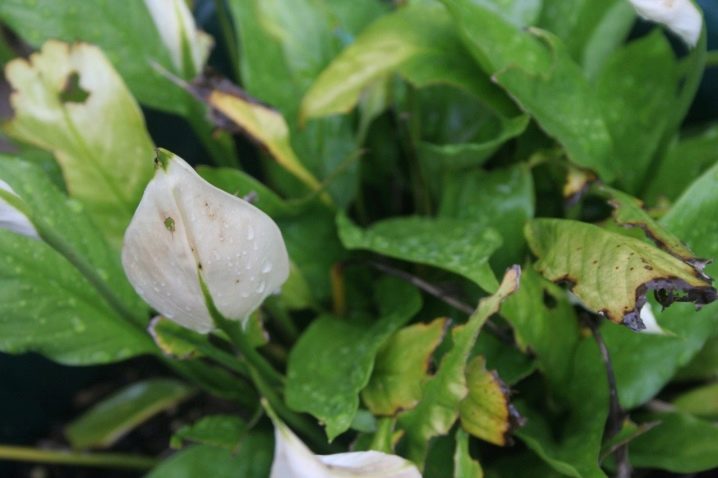
Care rules
To maintain the health of spathiphyllum, it is important to properly care for it, following simple recommendations:
- create a comfortable temperature and humidity level;
- at the beginning of the formation of buds, additional feeding should be increased (special emphasis should be placed on phosphorus and potassium preparations);
- protect the flower from direct rays of the sun;
- every spring, transplant the plant into a larger pot with partial soil renewal;
- prevent the earthen coma from drying out and waterlogging of the soil.
Any violation of the conditions for keeping such a plant as spathiphyllum instantly leads to yellowing of the foliage and their further death.
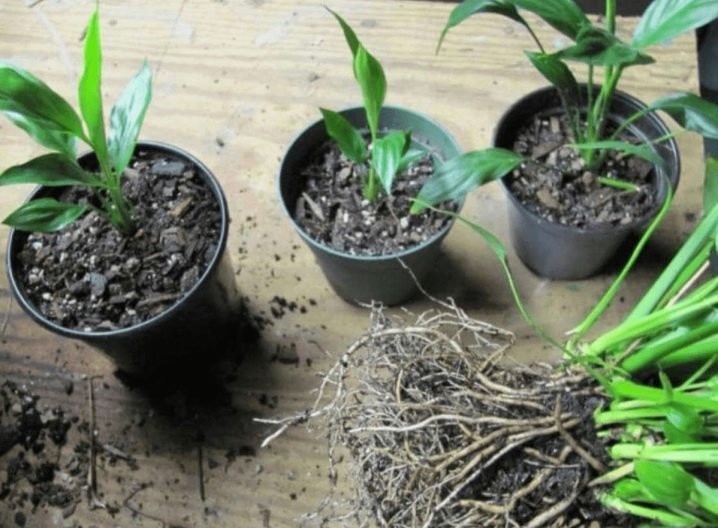
For information on how to save spathiphyllum, see the video.































Thank you very much for the informative explanation on saving spathiphyllum. I really love this flower!
The comment was sent successfully.